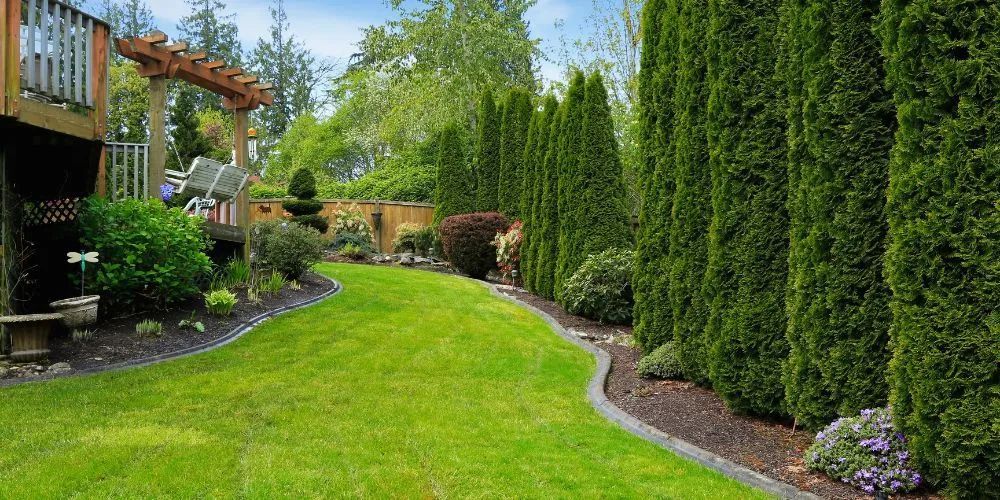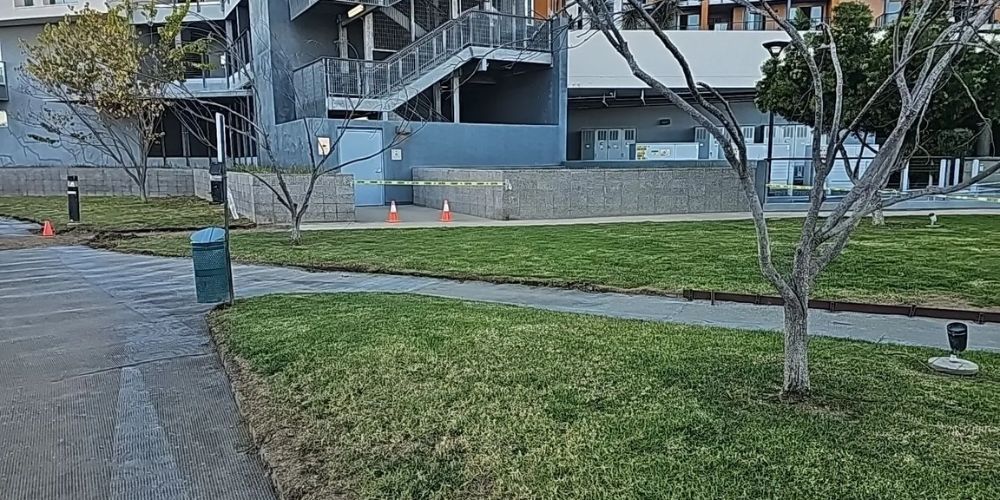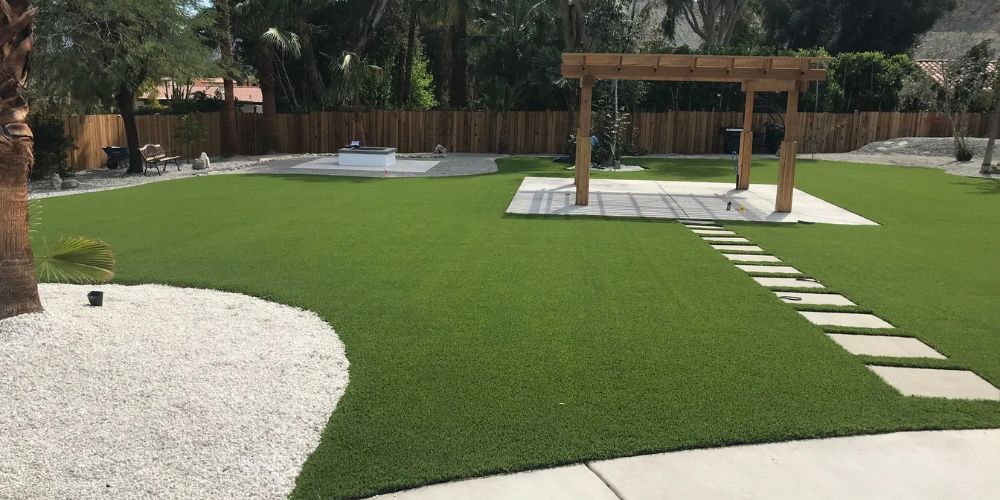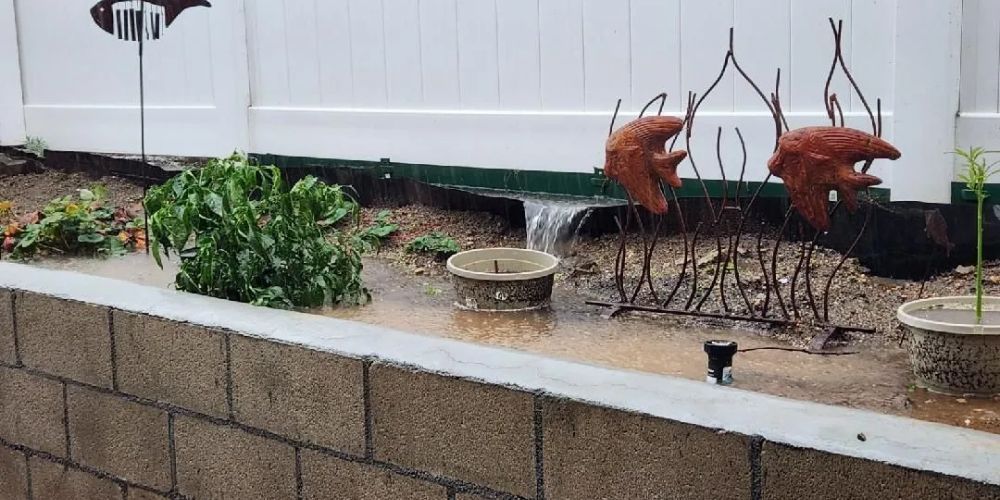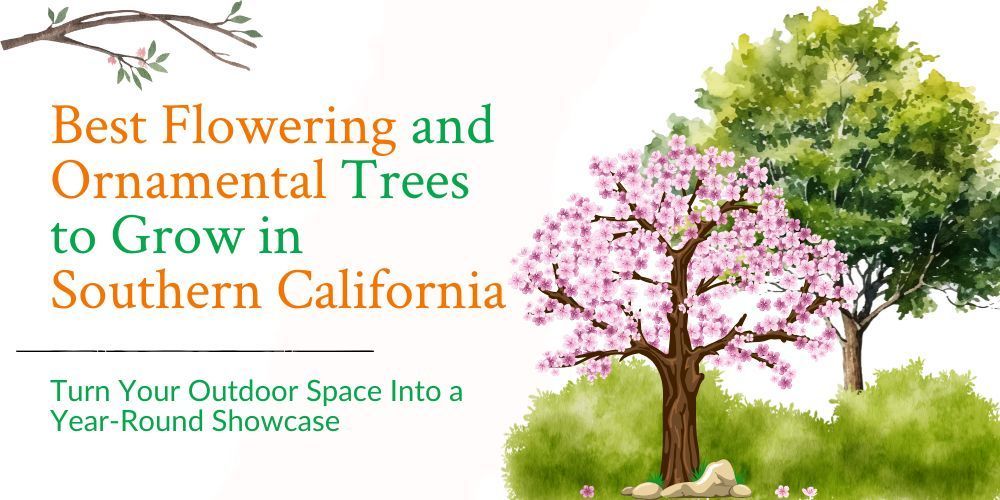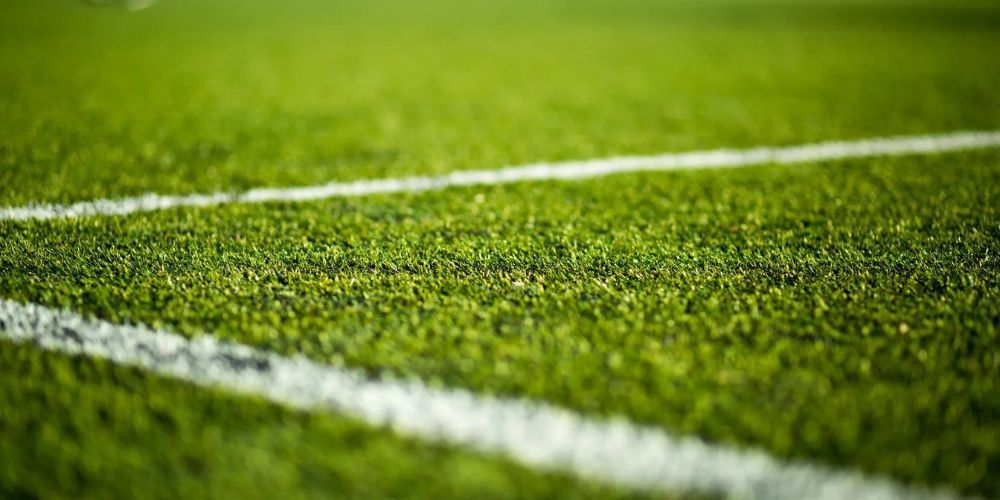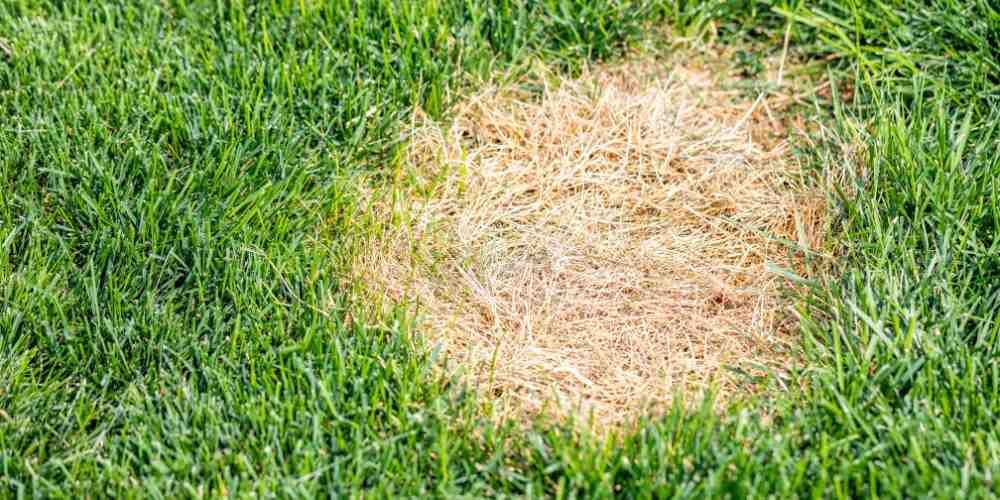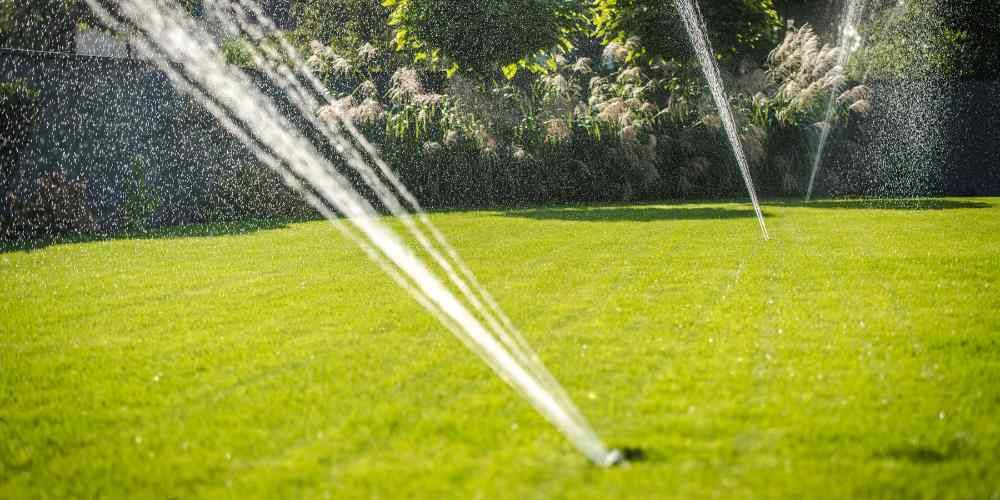What Are Softscape and Hardscape?
To create a stunning landscape, you must balance two critical elements: hardscape and softscape. Despite being different, they work together to create a beautiful harmony. Therefore, before designing your dream yard, it is essential to understand the difference between these two landscape features.
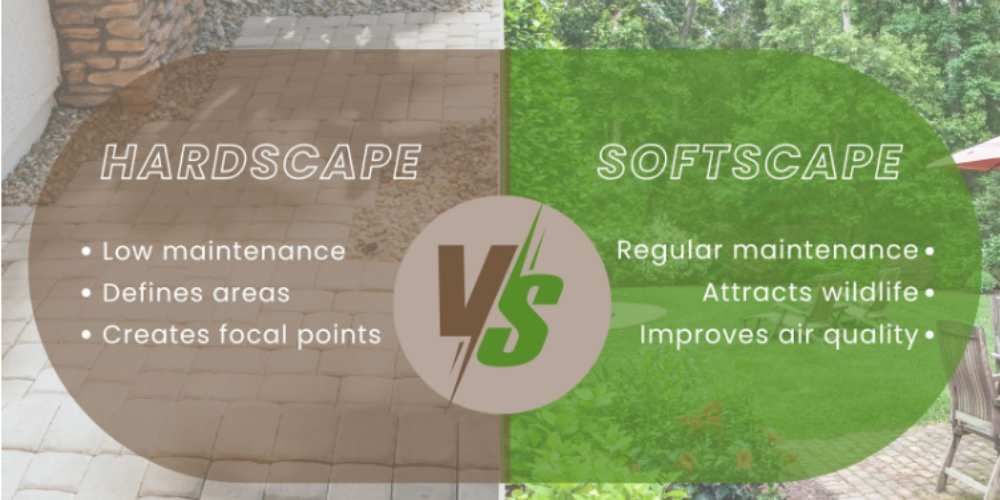
What is Hardscaping?
Hardscaping is the non-living part of a landscape design. It includes walkways, patios, retaining walls, fire pits, and driveways. Some hardscaping elements are practical. They create well-defined planting areas. Hardscape landscaping forms vary based on a homeowner’s preference. Landscape design companies offer many hardscaping materials. These let your project include elements to fit your landscape's look.
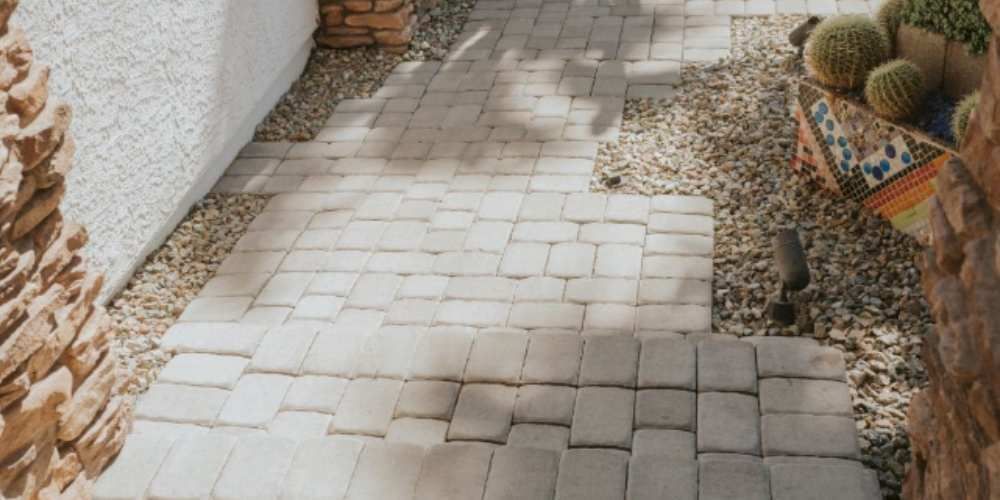
Read more: A Comprehensive Guide to Understand Hardscaping
Main hardscaping materials include:
- Wood: A classic choice, wood offers warmth and natural beauty. It is perfect for decks, patios, and walkways. It comes with many stains and finishes to match your style. However, wood requires regular maintenance to combat weathering.
- Concrete: You can use it for patios, walkways, driveways, and retaining walls. Traditional concrete offers a classic look. Stamped and stained concrete allows for more creative designs.
- Brick: Brick pavers add timeless elegance to any outdoor space. For those seeking low-maintenance materials, brick is an excellent option. It works well for tight and intricate patterns. These include basketweave, herringbone, and running bond.
- Pavers: Available in various materials like concrete, clay, and natural stone, pavers offer incredible versatility and design flexibility. They're perfect for patios, walkways, driveways, and pool surrounds, allowing you to create unique patterns and accents.
Hardscape maintenance and management include:
You must maintain hardscapes. It keeps your outdoor living space looking great and safe. Here are some tips to help you maintain your hardscape landscaping:
- Some hardscape materials, like pavers and concrete, need sealing. This protects them from water, stains, and UV damage. This will help keep them looking new for a longer period.
- Deal with stains as soon as you notice them to prevent them from setting and becoming harder to remove.
- Keep an eye out for weed growth between pavers or cracks. remove weeds to prevent them from spreading and causing damage to the hardscape.
- Use non-abrasive methods to remove snow and ice in winter. Harsh chemicals or sharp tools can damage the hardscape.
What is Softscape Landscaping?
Softscaping includes the living parts of a landscape design. It has plants, trees, and soil. It should balance well with hardscape structures and consider seasonal factors. Landscape designs often feature plants for seasonal colors and year-round visual interest. It helps create a balanced and functional landscape. Here are some key things to consider:
- Climate and Sunlight: Choose plants that thrive in your climate. They need the right amount of sunlight.
- Soil Conditions: Different plants require different soil types. Knowing your soil type will help you select plants that will flourish.
- Maintenance Needs: Consider your time commitment to watering, weeding, and pruning.
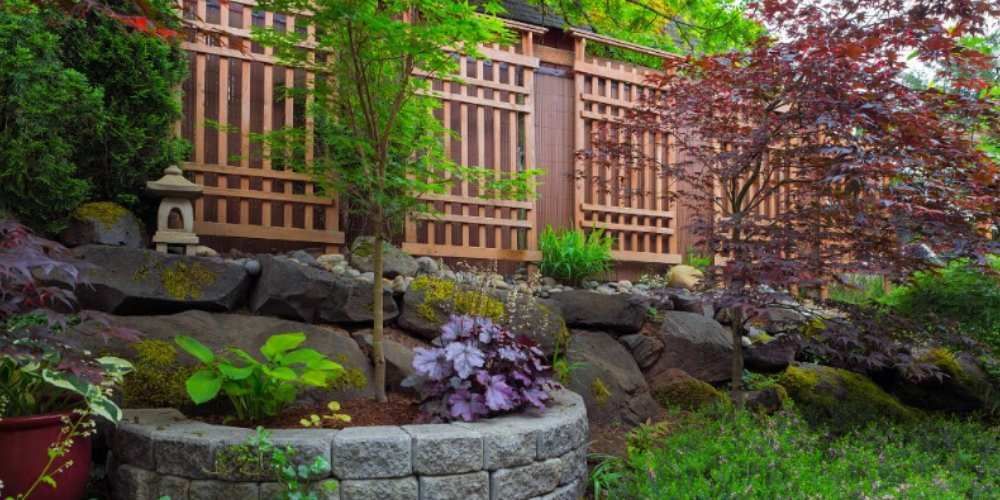
Read more: Enhance Your Outdoor Living Space with Softscapes
Softscape maintenance and management include:.
- Keep the grass short and healthy by mowing carefully. This helps roots grow and resist disease.
- Proper grading is essential to prevent water pooling and potential root rot.
- Choose the right plants for your climate and sun exposure to ensure a thriving landscape.
- Loosen compacted soil through aeration to allow air and water to reach plant roots.
- Regular pruning and trimming are important to maintain plant health and enhance aesthetics.
Hardscape and Softscape Integration
Create an outdoor space that is useful and pretty. Do this by balancing hardscape and softscape. Too much hardscape can make the space feel cold and unwelcoming. Too much softscape can make it hard to maintain. A harmonious balance provides structure and organization while adding color, texture, and life. Achieving this balance will help you create a beautiful and practical outdoor oasis.
Conclusion
Softscaping adds color and beauty to your landscape. Hardscaping adds focal points, access, and practicality to your outdoor living design.
At Landtech Scenery, we create customized outdoor surroundings that match our clients' preferences and our unique style. As the top landscape design company in San Diego, we deliver exceptional service. Our professional experts bring your outdoor vision to life and exceed your expectations!
